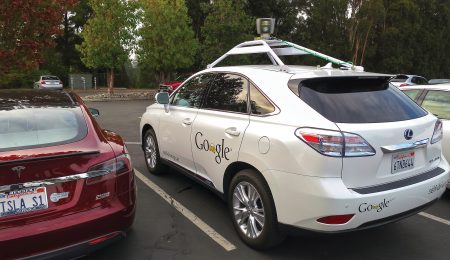Difficult regulation, lack of real competition contributing factors in EpiPen case
Earlier this year, Mylan, a Dutch pharmaceutical company, raised the price of the EpiPen to over $600 for a two-piece set—a massive increase from the $100 cost in 2008.
This price hike has outraged many, a reaction made stronger by the fact that similar products in different countries sell for much less and that the product is life-saving—meaning it isn’t really optional. While big companies like Mylar and “Pharma-bro” Martin Shkreli are easy targets for blame, the regulation of the pharmaceutical industry is the real culprit.
For those who don’t know, the EpiPen is an adrenaline auto-injector used as an emergency treatment for anaphylaxis, a type of acute allergic reaction. The EpiPen is the dominant brand of these auto injectors in the US, accounting for nearly 90 per cent of the market share.
Mylan acquired the brand in 2007, and proceeded to launch a massive marketing campaign along with an impressive public health awareness campaign on the risks of severe allergies.
As part of that campaign, Mylan successfully lobbied the federal government to make EpiPens available in public spaces, as it does with defibrillators. Along the way, the American government also changed federal guidelines to recommend that EpiPens be sold in packs of two instead of just one and also allowed the product to be prescribed for at-risk patients, not just those with confirmed allergies.
Then, in 2013, the American government passed legislation encouraging schools to have a supply of EpiPens, and Canada adopted such a law as well.
The lack of competition has been a major factor in the price hike. Recently, rival company Sanofi’s auto-injector was pulled from the market over concerns that it might sometimes deliver inaccurate doses.
Teva Pharmaceutical Industries Ltd. had hoped to offer a generic auto-injector, but the FDA rejected the application. The difficulty of bringing a medical product to market isn’t just limited to adrenaline auto-injectors—it usually costs hundreds of millions of dollars to develop a pharmaceutical and takes about a decade.
The problems extend beyond the FDA to insurance companies. Many American insurance companies don’t list any of Mylan’s competitors on their health insurance plans. Combined with the fact that most people, including doctors, think of the EpiPen first and foremost when it comes to auto-injectors, most patients can only afford to buy EpiPen.
What is needed is a widespread review and overhaul of the drug approval process. There are currently too many barriers to developing a new drug and being able to sell it.
The US needs a simpler but more efficient approval process for drugs. As well, governments should not be effectively granting companies monopolies by legislating specific brands for use in public places.
In the end, this controversy has come about because of an overabundance of bad regulation and a broken American healthcare system. They aren’t easy problems to fix, and without reactionary change we can expect to see similar headlines in future.





